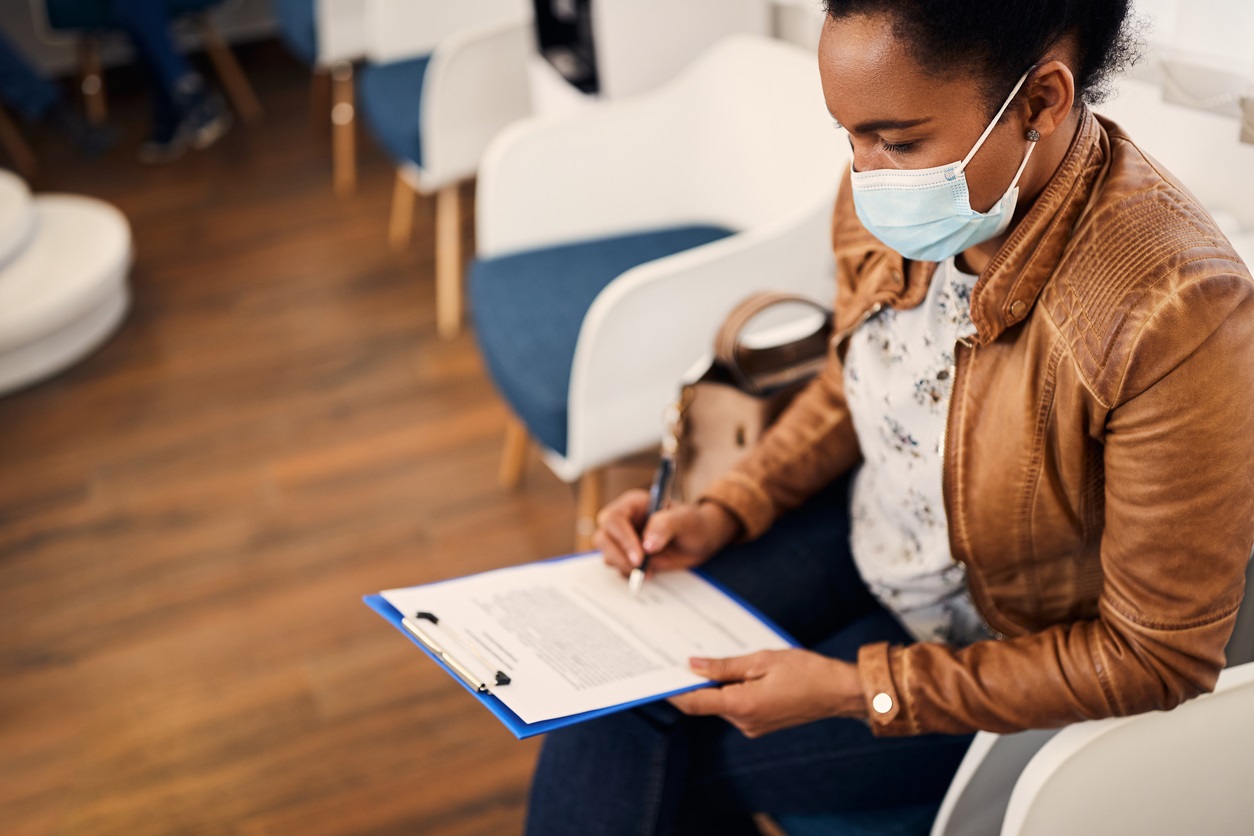
New York City has unveiled a groundbreaking $18 million initiative, partnering with RIP Medical Debt to wipe out over $2 billion in medical debt for up to 500,000 residents. This strategic program, launching in 2024, targets low-income individuals, automatically notifying eligible participants without the need for applications or tax penalties. Deputy Mayor Anne Williams-Isom emphasizes the holistic impact on health and financial well-being, addressing the systemic issue of medical debt. The initiative aligns with national efforts to curb medical debt’s consequences and serves as a beacon for future advocacy, aiming for a more equitable healthcare landscape.
In a groundbreaking initiative, New York City has embarked on a mission to alleviate the burden of medical debt for hundreds of thousands of low-income residents. Through a strategic partnership with the non-profit organization RIP Medical Debt, the city aims to inject $18 million into a program that will eradicate over $2 billion in medical debt, providing a significant respite for up to 500,000 New Yorkers. Mayor Eric Adams and Dr. Ashwin Vasan, Commissioner of the New York City Department of Health and Mental Hygiene (DOHMH), unveiled this ambitious plan, signaling a crucial step towards addressing the pervasive issue of medical debt.
The Partnership and Program Details:
RIP Medical Debt, known for its innovative approach, specializes in acquiring and abolishing medical debt. In collaboration with the city, the organization will procure debt portfolios and retiree debt from various healthcare entities, including providers, hospitals, and commercial debt buyers scattered across the city. This concerted effort aims to wipe out the accrued medical debt, offering relief to eligible residents without the need for an application process or tax penalties.
The program is slated to commence in early 2024, extending over a three-year period, with the $18 million investment strategically disbursed during this timeframe. Eligibility criteria are designed to include individuals with annual household incomes at or below 400 percent of the federal poverty level. Moreover, those facing medical debt equal to 5 percent or more of their annual household income will be automatically considered eligible for this one-time medical debt relief.
Mayor Adams emphasized the significance of this initiative in a press release, stating, “Getting health care shouldn’t be a burden that weighs on New Yorkers and their families.” He emphasized the undesirability of individuals having to make choices between paying essential bills like rent and addressing medical debt. The program is positioned as a vital step in supporting working-class New Yorkers, aiming to mitigate the financial strain imposed by medical expenses.
Community Impact and Future Advocacy:
The overarching goal is to alleviate the anxiety, uncertainty, and stress that medical debt inflicts on individuals and families. Deputy Mayor for Health and Human Services Anne Williams-Isom highlighted the multifaceted impact of medical debt, not only affecting financial stability but also potentially deterring individuals from seeking necessary medical care. The initiative is positioned as a means to empower working people and families, enabling them to focus on health and financial well-being without the looming threat of medical debt.
Recognizing that medical debt is deeply ingrained in the broader healthcare system, officials are committed to advocating for systemic changes. The initiative is part of a larger strategy to address the root causes of medical debt, preventing its recurrence and fostering a more equitable healthcare environment. The city’s investment is seen as a pivotal step in helping New Yorkers not only survive but thrive in the face of healthcare challenges.
National Context and Disparities:
Medical debt is a pervasive issue in the United States, with devastating consequences often leading to bankruptcy. More than 100 million Americans grapple with some form of medical debt, collectively surpassing $195 billion. The ripple effects of medical debt extend beyond financial strain, impacting credit scores and forcing individuals to make difficult choices between healthcare and other essential needs.
Disturbingly, medical debt disproportionately affects uninsured, under-insured, and low-income households. Furthermore, racial disparities come to the forefront, with Black and Latino communities facing 50 percent and 35 percent higher likelihoods of having medical debt than their White counterparts. The partnership between NYC and RIP Medical Debt is not only a localized solution but also a beacon of hope in the broader national context, where efforts to minimize medical debt have yielded positive outcomes.
Positive Impact of National Efforts:
Recognizing the detrimental impact of medical debt on credit scores, a nationwide effort saw significant improvements when major credit bureaus removed medical debt collections under $500 from consumer credit reports. This policy change resulted in an average credit score increase from 585 to 615 points among individuals with medical debt. Such positive outcomes underscore the potential for systemic changes to alleviate the burden of medical debt and improve overall financial well-being.
New York City’s partnership with RIP Medical Debt represents a pioneering effort to address the pervasive issue of medical debt, offering a beacon of hope for residents burdened by financial strain. The $18 million investment over three years is a strategic commitment to eradicating over $2 billion in medical debt, providing tangible relief for half a million New Yorkers. As the program unfolds in 2024, it not only offers immediate financial respite but also sets the stage for future advocacy and systemic changes aimed at creating a more equitable and accessible healthcare landscape. In the broader national context, the initiative aligns with efforts to minimize the impact of medical debt on individuals and communities, fostering a path towards improved financial well-being for all.
